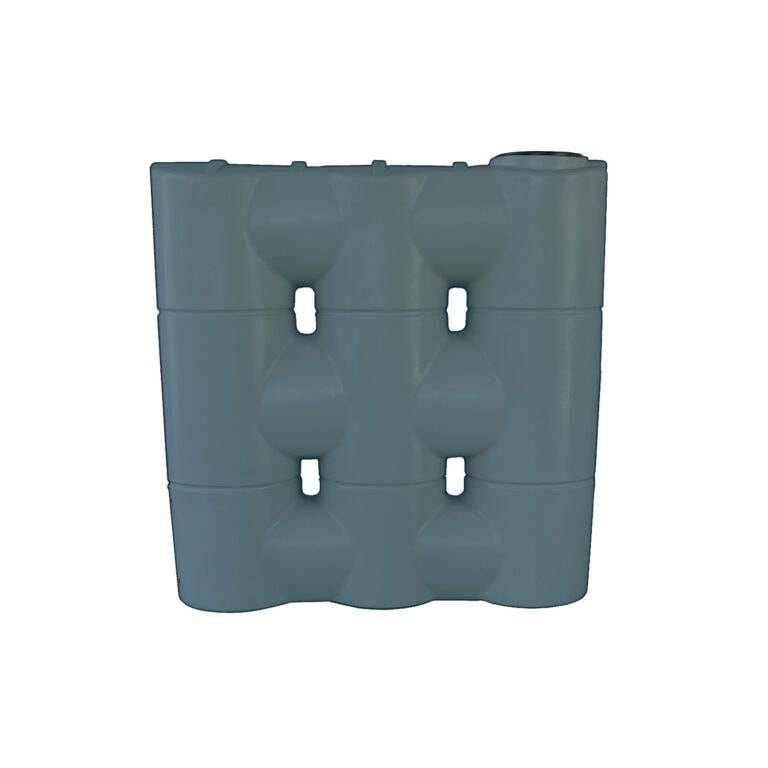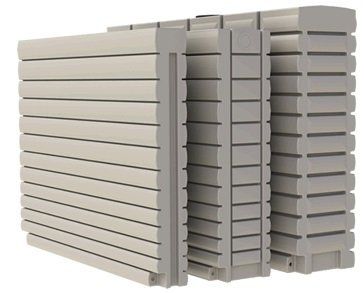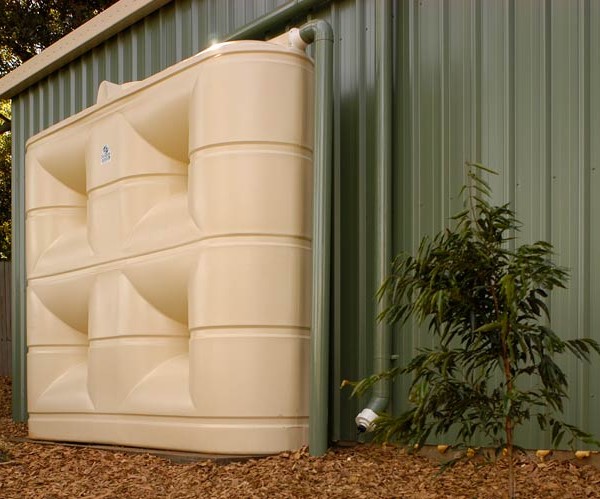Economical Slimline Water Tanks: Optimize Your Rain Harvesting
Wiki Article
Comprehending the Relevance of Rainwater Tanks in Drought-Prone Regions for Water Protection
In areas at risk to extended dry spells, the duty of rainwater storage tanks in bolstering water safety and security is a subject of expanding importance. As neighborhoods face the obstacles of water scarcity, comprehending the significance of these storage tanks exceeds plain collection of rainwater. Rain tanks function as an essential tool in reducing the influence of water shortages by giving a sustainable resource of water for numerous needs. The real worth of rain containers prolongs much beyond mere storage; it encompasses resilience-building measures and the promotion of long-lasting water conservation methods. This diverse strategy to water safety and security warrants a closer evaluation of the function rainwater containers play in making sure a reliable supply of water during times of dry spell.Advantages of Rainwater Storage Tanks
Utilizing rain containers supplies a lasting option for enhancing water system and improving water safety in household and business setups. Among the key benefits of rainwater containers is their capacity to reduce reliance on mains supply of water. By catching and keeping rain that drops on roofs, this alternative source can be utilized for various non-potable objectives such as irrigation, purging bathrooms, and washing clothes. This not just preserves cured alcohol consumption water however also lowers water bills for users.
Rainwater Harvesting Strategies
Rainwater harvesting techniques incorporate a series of approaches made to efficiently gather and save rainwater for different purposes, adding to water conservation and sustainability. One usual technique is the installation of rooftop catchment systems, where rainwater is gathered from the roof of a structure and guided to a storage container. This approach is fairly basic and economical. Another popular technique is the usage of above-ground or below ground storage tanks to keep rain for later use. These containers are available in numerous dimensions and products to fit different requirements and can be attached to the existing pipes system for simple accessibility.
Additionally, rain gardens and permeable sidewalks are innovative strategies that entail landscaping or paving surface areas in a manner that allows rain to percolate into the ground, restoring groundwater books. In addition, shape farming and terracing are agricultural techniques that help record rain and prevent dirt disintegration in uneven terrain. By executing these diverse rainwater harvesting strategies, communities can enhance water security and resilience in drought-prone areas while advertising lasting water management methods.
Importance of Water Security
Making certain trustworthy accessibility to tidy and sufficient water resources is vital for sustaining human wellness, economic development, and environmental health. Water protection is a vital element of social durability, particularly in regions prone to dry spells and water shortage. Sufficient water protection includes different dimensions, including availability, high quality, and availability of water for residential, agricultural, commercial, and environmental needs.Water safety plays an essential role in promoting public wellness by minimizing the frequency of waterborne diseases and making sure cleanliness facilities. Financially, water security is crucial for farming efficiency, industrial operations, and general economic growth. Slimline water tanks. Water safety and security is very closely linked to environmental sustainability, as it sustains communities, biodiversity, and total environmental equilibrium.
In drought-prone areas, water protection comes to be a lot more crucial due to the increased danger of water lacks. Applying approaches like rainwater harvesting, water recycling, and reliable water monitoring practices can considerably boost water safety and security in these locations. By prioritizing water safety, communities can much better endure the influences of environment change, populace development, and various other difficulties that endanger water accessibility.
Enhancing Water Strength
With boosting international water obstacles, constructing resilience in water systems has actually become a vital emphasis for sustainable development initiatives. Enhancing water durability involves executing methods to guarantee water accessibility and top quality in the face of altering ecological problems, such as droughts, floodings, and contamination.One key element of improving water resilience is promoting using rainwater tanks in drought-prone regions - Slimline water tanks. Rain storage tanks act as try this website an effective methods of capturing and keeping rain for later use, decreasing reliance on scarce freshwater resources during completely dry periods. By incorporating rain harvesting systems right into water administration strategies, communities can improve their capability to hold up against water scarcity see this site and maintain water safety and security

Lasting Water Preservation
Amidst escalating water obstacles, the sensible administration of water resources via sustainable conservation techniques is crucial for ensuring long-term ecological stability and societal wellness. Lasting water conservation entails the reliable use of water resources to meet present demands without endangering the capability of future generations to fulfill their very own needs. By carrying out techniques such as rain harvesting, greywater recycling, and water-efficient technologies, communities can lower water wastage and minimize pressure on freshwater sources.In addition, lasting water conservation techniques contribute to ecosystem wellness by maintaining adequate water levels in rivers, lakes, and wetlands, sustaining biodiversity, and preserving all-natural environments. These practices additionally play an important duty in minimizing the influences of environment change by assisting to adjust to about his changing rainfall patterns and water availability.

Conclusion
To conclude, rainwater storage tanks play an important role in improving water protection and strength in drought-prone areas. By using rain harvesting methods, communities can lower their reliance on conventional water sources and promote lasting water conservation practices. This not just assists minimize the effects of water shortage during dry spells yet also adds to lasting water protection and resilience when faced with climate change difficulties.Report this wiki page